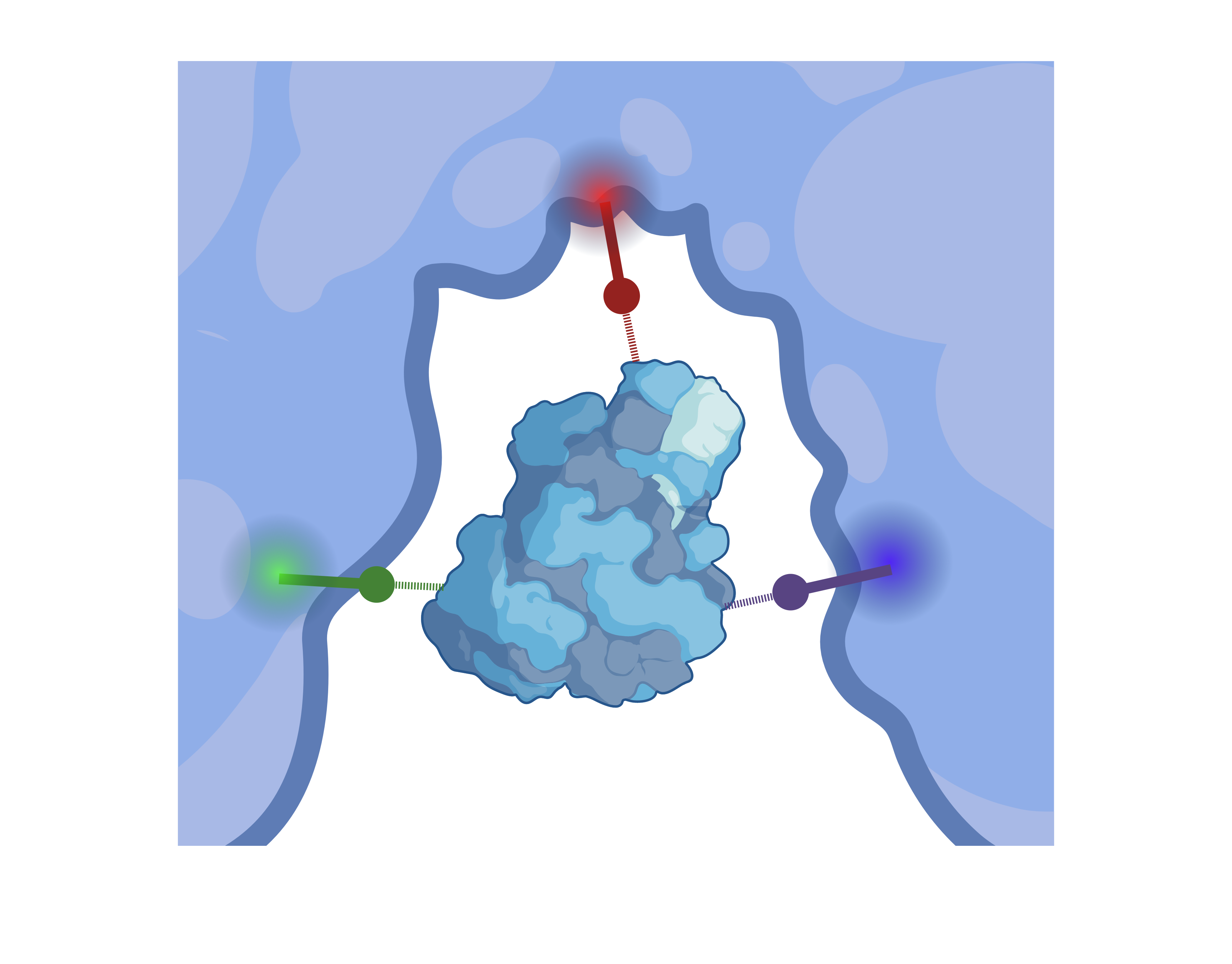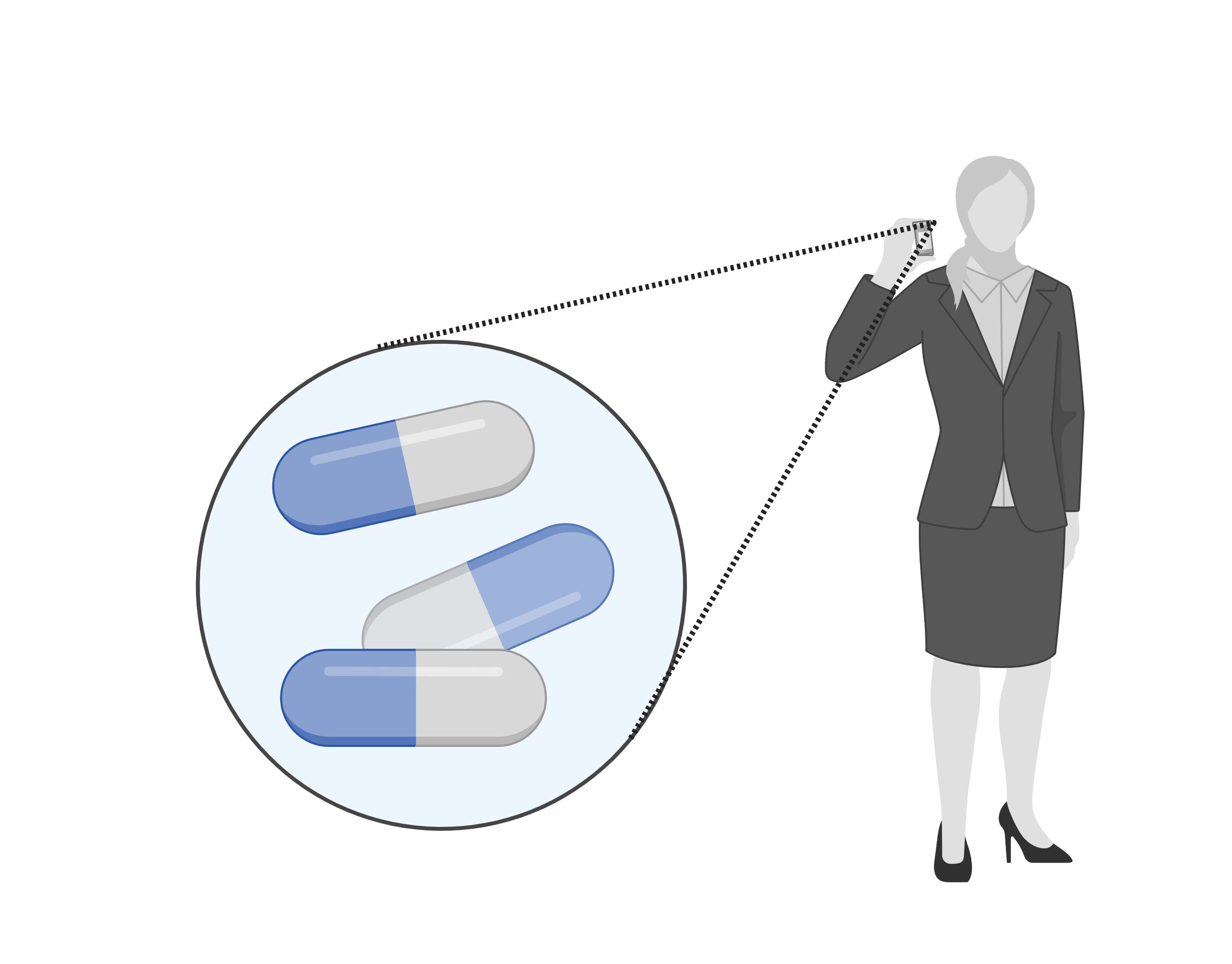The Drug Discovery Pipeline
Welcome to my blog! This summer, I am embarking on an exciting outreach adventure by sharing my PhD research with you. Each week, I will release a new blog post where I unpack a specific aspect of my scientific work. The best part? I will be presenting the information in bite-sized, easily understandable chunks of text! So, whether you are a fellow academic, a curious mind, or simply looking to expand your knowledge, this blog is here to serve you. Throughout the text and in each image you can find links to more detailed sources of information for the topics I discuss here. This week's blog post focusses on basics of small molecule drug discovery. Let's get started!

Despite massive public and private investment in life sciences and the continual advances of molecular medicine, bringing new therapeutics to market has become an increasingly expensive and time-consuming endeavour. Hotly debated estimates of research and development costs for novel drugs range from 161 million dollar to around 4.5 billion dollars. The cost of developing drugs is largely due to the substantial proportion of failures of drug candidates throughout the development pipeline. Over the past 60 years, the ratio of new FDA approved drugs per billion US dollars spent has steadily declined. Currently, on average, more than twelve years pass between the first inception of a new experimental drug and that compound reaching the patient’s bedside. The lowest probability of success in drug development is seen for psychiatric disorders, likely as a consequence of the complex and only partially understood molecular mechanism underlying these diseases.

The drug discovery pipeline, which encompasses all the stages of drug design, preclinical testing, clinical trials (where the drug is tested on humans), and regulatory approval, is a lengthy and resource-intensive process that demands meticulous scrutiny at each step to identify potential dangerous side-effects and improve the chances of medical success. During the first decades of the twentieth century, chemicals with medicinal potential were discovered haphazardly, synthesised by dye-producing companies, tried out in rudimentary cell and animal experiments, and clinically tested on whichever (often non-suspecting) group of patients was available. Luckily, professionalism took over the field of pharmaceutical research and since the 1980’s and 1990’s drug discovery has relied strongly on lab-based target identification and automated experimental screenings of large, proprietary in-house chemical libraries of potential drug candidates.

Clinical trials are required to strictly follow guidelines from regulatory authorities in countries or regions where the drug candidate is intended to be registered and commercialised. Phase I clinical studies evaluate the basic safety of a drug candidate. Using the dose and method found to be the safest in Phase I studies, a small group of patients are given the new treatment in the Phase II study. Phase III studies enrol a large number of patients in double-blind tests that compare the safety and effectiveness of the new treatment against the current standard treatment or a placebo treatment. Unfortunately, up to 90% of drug candidates fail when they enter clinical studies, most often due to a lack of clinical efficacy, unacceptable toxicity levels, poor absorption, distribution, metabolism, excretion, and toxicity (ADMET) characteristics, or a lack of commercial value.
The content of this blog post reflects my personal opinions and insights and should not be attributed to my employer or investors. The information provided in this post is for educational purposes only and should not be construed as medical advice. It is crucial to consult with medical professionals for any mental or physical healthcare concerns. All images featured in this blog post were created using Biorender.com under an academic license. These blog posts are derived from excerpts of my PhD thesis, based on research conducted at the University of Oslo, which you can also read on this website.
